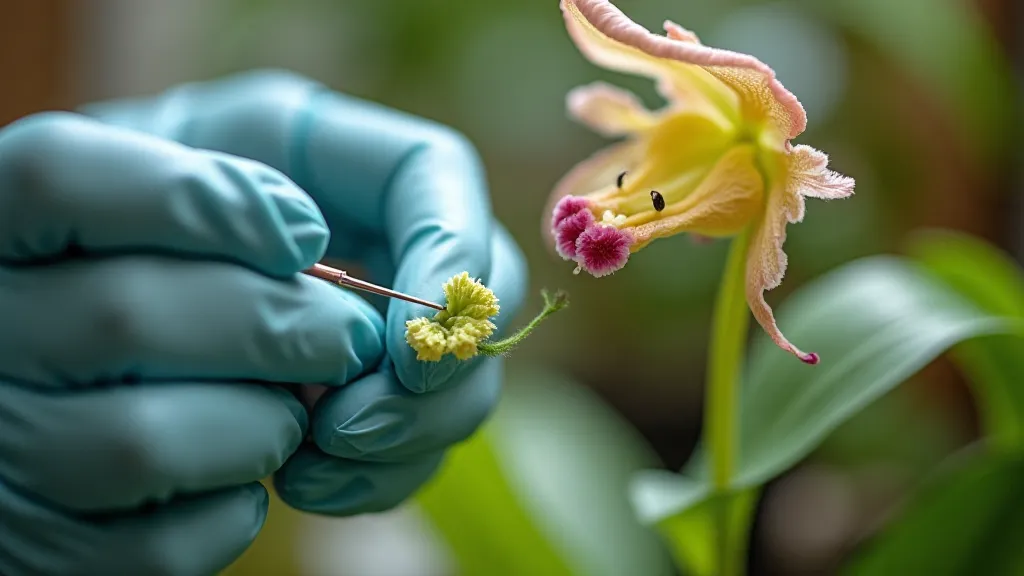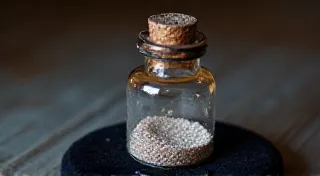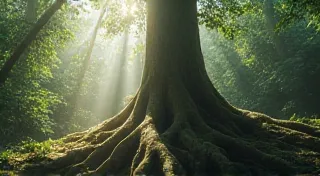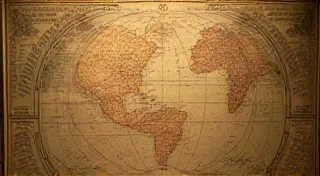The Orchid's Cartography: Tracing Lineage Through Botanical Genealogy
There’s a certain reverence one feels when encountering a truly rare orchid. It’s not merely an appreciation for beauty, though that’s certainly present. It’s a sense of connection to something ancient, something tenacious, something that has weathered epochs of change. For the orchid enthusiast dedicated to cultivating these botanical treasures, this reverence often deepens into a fascination with their history – the long, winding path of evolution that brought them into being. Understanding the evolutionary history of rare orchids is akin to navigating a complex cartography, a painstaking effort to trace lineages, identify hybrids, and uncover the hidden narratives woven within their genetic makeup.
My own journey into this fascinating pursuit began with a single Paphiopedilum rothschildianum. Its almost impossibly intricate mottled patterns captivated me, but it was the sheer rarity – fewer than 200 plants known in the wild – that truly sparked my curiosity. I remember feeling a profound responsibility, not just to keep this single plant alive, but to understand its place within the vast orchid family. How did such a uniquely patterned orchid come to be? What were its ancestors like?
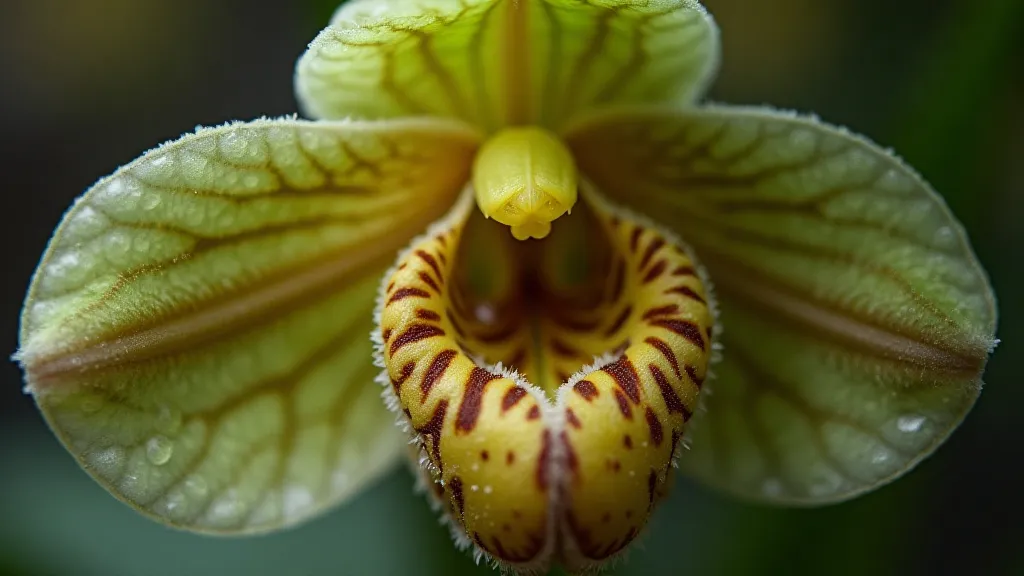
The Tools of the Cartographer: Molecular Markers and Morphology
The early attempts to understand orchid lineages relied almost entirely on morphology – the study of physical characteristics. Botanists meticulously documented petal shape, leaf structure, flower size, and other visible traits, comparing them to known species and attempting to construct evolutionary trees based on similarities. While invaluable, this method has limitations. Convergent evolution – where unrelated species develop similar traits due to similar environmental pressures – can easily lead to misinterpretations. A plant might *look* like it's closely related to another, when in reality, they've simply adapted to similar conditions.
The advent of molecular biology revolutionized orchid lineage tracing. Techniques like DNA sequencing and microsatellite analysis provide far more precise information. Specific regions of DNA, known as molecular markers, can be compared across different orchid species, allowing scientists to determine their relatedness with a level of accuracy that was previously unimaginable. These markers are essentially genetic fingerprints, providing undeniable clues about shared ancestry.
Imagine a complex family tree. Morphology is like trying to piece it together based on family photos – you can make educated guesses, but there's always room for error. Molecular markers are like having access to birth certificates and genealogical records – offering far more definitive proof. Botanists now routinely combine both morphological data and molecular data to create comprehensive phylogenetic trees, the “maps” that guide our understanding of orchid evolution.
Hybrids: Where Lines Blur
The story gets even more complicated, and infinitely more intriguing, with hybrids. Orchids are notoriously promiscuous when it comes to pollination. Many species are readily cross-pollinated, both naturally and through human intervention, resulting in a vast and ever-expanding number of hybrids. Distinguishing between a naturally occurring variant and a human-created hybrid can be incredibly challenging, even for experienced botanists. Molecular analysis has become essential for resolving these ambiguities.
Early orchid breeders, driven by a desire to create new and beautiful forms, often inadvertently created incredibly valuable genetic resources. Some of today’s most prized rare orchids are the result of deliberate or accidental crosses from decades or even centuries ago. The problem is, often the original parents are lost to time, creating a puzzle for modern botanists to solve. Tracking down the origins of a seemingly unique hybrid can be a detective story in itself, requiring careful analysis of its traits, its historical records, and, crucially, its genetic makeup. The patience and keen observation required for such investigations aligns perfectly with the principles explored in The Gardener's Cadence: Cultivating Patience and Observation in Orchid Care, highlighting the critical role of meticulousness in both botanical science and dedicated orchid cultivation.
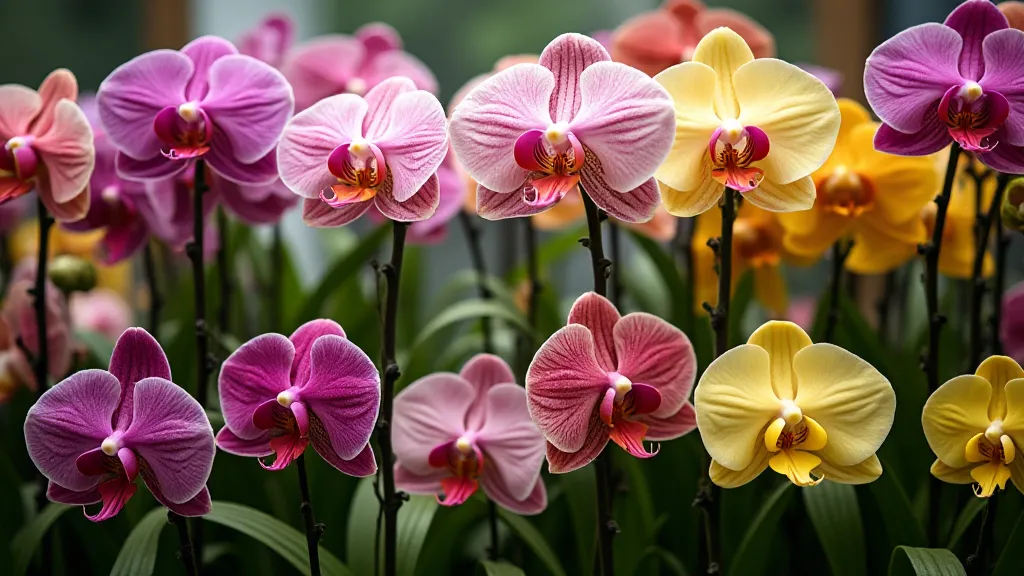
The Shadow of Extinction: Conservation and Restoration
The pursuit of orchid lineage isn’t merely an academic exercise. It has profound implications for conservation efforts. Many rare orchids are critically endangered, their populations decimated by habitat loss, climate change, and over-collection. Understanding their evolutionary history is crucial for developing effective conservation strategies. Knowing which species are most closely related can inform decisions about captive breeding programs and habitat restoration projects.
For example, if a critically endangered orchid is closely related to a more common species, it might be possible to introduce genes from the common species to bolster the genetic diversity of the endangered one. Or, if the habitat of a rare orchid is severely degraded, understanding its evolutionary history can guide efforts to restore the conditions that originally supported it. Furthermore, identifying the parentage of cultivated rare orchids allows for more targeted breeding programs aimed at preserving specific genetic traits and preventing genetic erosion. This delicate balancing act of preservation also raises complex ethical considerations, which are thoughtfully discussed in Fractured Reflections: The Ethics of Orchid Collecting and Conservation.
The Whisper of Ancestry: Deeper Connections
The quest to understand the lineage of orchids isn's simply about cataloging species and their relationships; it's about uncovering a narrative stretching back millennia. These plants have witnessed the rise and fall of civilizations, adapted to shifting climates, and survived catastrophic events. Each petal and root represents a link in a chain connecting us to the deep history of our planet. The intricate patterns and vibrant colors of orchids hold secrets that can inspire awe and deepen our connection to the natural world.
Consider the profound impact of orchid pollination – a dance of interdependence between plant and pollinator, shaped by countless generations of co-evolution. The delicate balance of this partnership underscores the fragility of ecosystems and the importance of protecting biodiversity. It's a process governed by subtle cues and intricate mechanisms, a testament to the remarkable power of nature. The fragility and beauty of this relationship are explored in greater detail in Petal Dust and Memory: The Fragility and Power of Orchid Pollination.
The Role of Citizen Science and Data Collection
Modern advancements in genetic sequencing and analysis are making it possible for even amateur enthusiasts to contribute to the understanding of orchid lineages. Citizen science projects are emerging, allowing individuals to collect data, submit samples, and participate in research initiatives. These projects not only generate valuable information but also foster a sense of community and inspire a deeper appreciation for the natural world.
Non-destructive DNA sampling, in particular, is becoming an increasingly valuable tool. This technique allows researchers to extract genetic material from orchid tissues without harming the plant, preserving its viability for future generations. By combining traditional methods of observation with cutting-edge technology, we can unlock the secrets of orchid evolution and ensure that these botanical treasures endure for centuries to come.
A Personal Reflection: More Than Just a Plant
My own fascination with Paphiopedilum rothschildianum continues. I’m now actively involved in a citizen science project that uses non-destructive DNA sampling to build a comprehensive genetic database of this species and its closest relatives. The process is meticulous, demanding precision and patience. Yet, the feeling of contributing to a larger understanding of this extraordinary plant is deeply rewarding.
Cultivating rare orchids is, in many ways, a journey through time. Each leaf, each flower, is a testament to the resilience of life, a link to a long and complex evolutionary history. It's a humbling experience, one that fosters a profound respect for the natural world and a deep sense of responsibility to protect it. The orchid's cartography is not just about tracing lineages on paper; it’s about understanding our place within the web of life and ensuring that these botanical treasures endure for generations to come.
